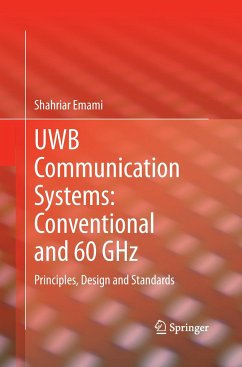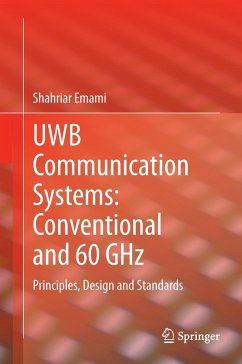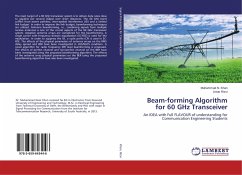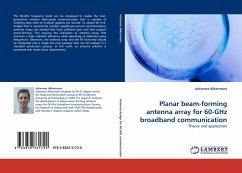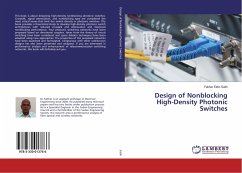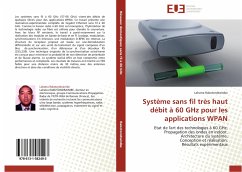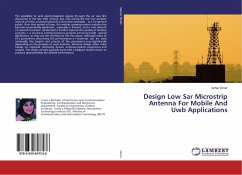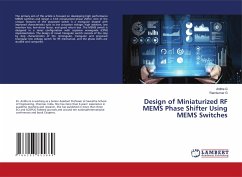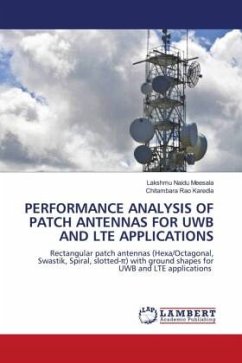
CMOS Switches Design for UWB and 60-GHz Applications
Versandkostenfrei!
Versandfertig in 6-10 Tagen
30,99 €
inkl. MwSt.

PAYBACK Punkte
15 °P sammeln!
As an essential component for wireless transceivers, a transmit/receive (T/R) switch can be employed for the purpose of sharing a single antenna between the transmitter and the receiver in a time-division-duplexing-based front end, thus further saving area and cost of the chip. Since the switching performance of the MOSFET has been improved with the continuous device scaling over the years, the integration of T/R switches in CMOS technology has proven feasible. However, owing to the high-loss nature of the silicon substrate at high frequencies, it is still very challenging to design high-perfo...
As an essential component for wireless transceivers, a transmit/receive (T/R) switch can be employed for the purpose of sharing a single antenna between the transmitter and the receiver in a time-division-duplexing-based front end, thus further saving area and cost of the chip. Since the switching performance of the MOSFET has been improved with the continuous device scaling over the years, the integration of T/R switches in CMOS technology has proven feasible. However, owing to the high-loss nature of the silicon substrate at high frequencies, it is still very challenging to design high-performance CMOS switches to meet the transceiver requirements. This book studies the implementation-oriented aspects of CMOS switch design. It mainly focuses on three aspects of work: the design and analysis of switches for UWB applications, the design and analysis of switches for 60-GHz applications, and the design and analysis of radio frequency (RF) electrostatic discharge (ESD) protection for UWB and 60-GHz switches.



